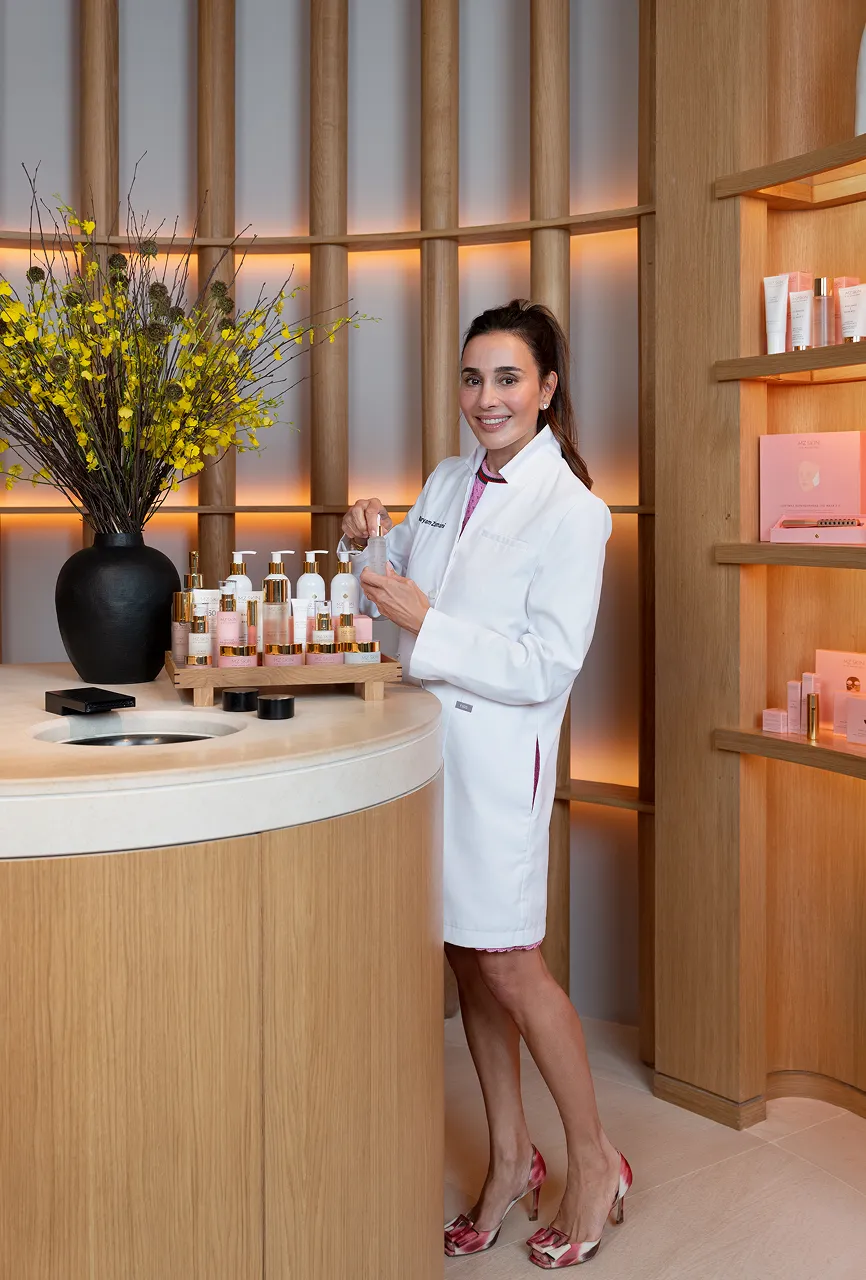Hydroquinone
What is it?
Hydroquinone is a skin-lightening ingredient commonly used to treat hyperpigmentation such as melasma, sun spots, post-inflammatory marks, and uneven tone. It works by blocking tyrosinase, the enzyme responsible for melanin production, which helps fade dark spots and prevent new ones from forming.
It’s available in both prescription and over-the-counter forms and is often used in targeted pigmentation treatments. Typically applied once or twice a day to affected areas, it’s frequently combined with ingredients like retinoids, kojic acid, or vitamin C to enhance results and improve overall skin clarity and texture.
How is it used?
Hydroquinone is one of the most researched and effective topical treatments for persistent pigmentation. Despite its strong track record, it does come with some concerns. Prolonged or improper use can cause side effects like redness, irritation, or dryness—especially in sensitive skin. In rare cases, overuse may lead to exogenous ochronosis, a condition that causes skin darkening, particularly in deeper skin tones.
To reduce risks, hydroquinone is often used in short treatment cycles—such as three months on, followed by a break—and under professional guidance. In many countries, it’s only available with a prescription. Regions like the EU, Australia, and Japan have restricted over-the-counter sales due to potential misuse.
Still, when used correctly and as part of a balanced routine, hydroquinone remains a gold standard for treating hyperpigmentation. Because it increases sun sensitivity, daily application of a broad-spectrum sunscreen is crucial. Without protection, UV exposure can worsen pigmentation and reverse treatment results.
Testimonials
Trustindex rating score: 4.7 of 5, based on 222 reviews
Book Consultation
As a leading Oculoplastic Surgeon with special interest in Facial Aesthetics, Dr. Maryam Zamani has garnered a global reputation - both in the US and UK - for her meticulous attention to detail and sought-after techniques for eyes and facial aesthetics.
Find The Clinic by Dr Maryam Zamani in the heart of Chelsea
Located on the Kings Road, our clinic is easy to reach from Chelsea, Kensington, Belgravia, Knightsbridge, South Kensington, Fulham and Battersea. We are positioned just moments from Sloane Square with excellent transport links across Central and South West London.
Book Now.avif)




